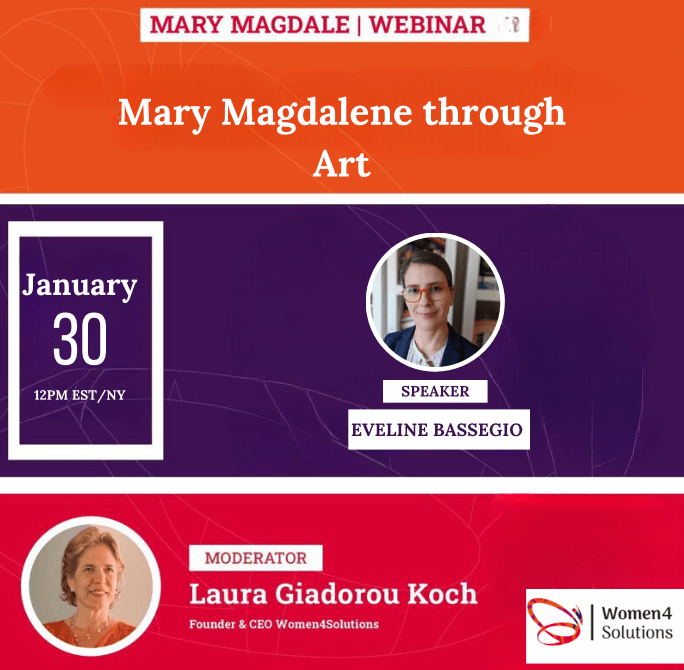6Mary Magdalene, often considered one of the most enigmatic and enigmatic figures in the biblical story, has left an indelible mark on Christian theology, art, and culture. Over the years, her legacy has been both celebrated and distorted, and his narrative has strong connections to many other religious and secret societies, such as the Cathars and Templars. This blog will explore some of the connections and attempt to unravel the complex web of legend and tradition surrounding this figure.
1. Mary Magdalene: A brief overview
Historically, Mary Magdalene was a Jewish woman who, according to the New Testament, accompanied Jesus as one of His disciples and witnessed His crucifixion, burial, and resurrection. Over the centuries, many different explanations of its role have emerged. Some believe she was a repentant sinner or prostitute, while others consider her an apostle, equal to her male disciples.
2. Cathars
The Cathars, an 11th-14th century Gnostic Christian sect located in southern France, had beliefs contrary to traditional Catholicism. They believe in a dualistic worldview in which the physical world is the creation of an evil god and the spiritual world is the realm of the true God. Mary Magdalene’s role in the Cathar belief system is very important. She is considered a symbol of wisdom and divine femininity and is often associated with the Holy Grail – a symbol of spiritual enlightenment and divine wisdom.
3. Knights Templar
The Knights Templar, founded in the 12th century, were a medieval Christian military order tasked with protecting Christian pilgrims traveling to the Holy Land. Over time, they became extremely powerful and wealthy. There are theories and legends connecting Mary Magdalene with the Knights Templar. Some believe that the Knights Templar were guardians of a secret – perhaps related to the lineage of Jesus and Mary Magdalene or the Holy Grail. Although unproven, the appeal of these stories intertwines the legacy of Mary Magdalene with the mysticism of the Templars.



